Occasionally I have a rare Japanese classic motorcycle find and this one has unearthed an overlooked beauty. I bought this beautiful 1981 Honda CB1100RB last year for my personal motorcycle collection. It was owned from new by a German Honda dealer who kept it in a darkened room. He took it out three times a year for a short ride to keep everything moving and put 161 kms on it from new. As a result, it is a real museum piece, I think it’s unlikely that anyone will ever find another like it outside of a museum.
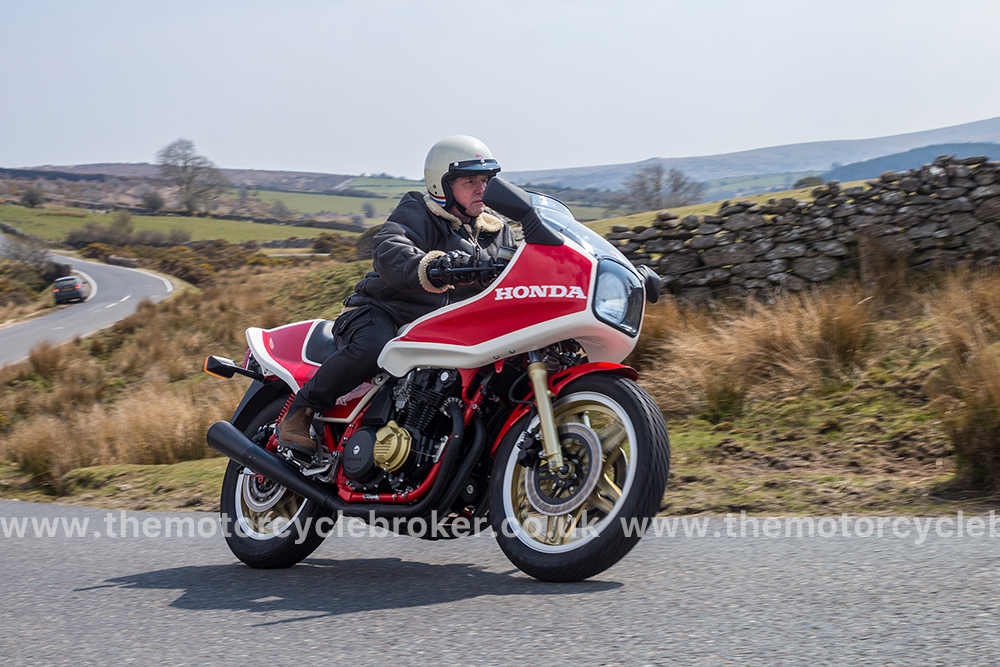
Rare Japanese classic motorcycle
The CB1100RB is a rare Japanese classic motorcycle that has been overshadowed by the RC30, but is much rarer. It is claimed that only 3,000 RC30s were made, but I’ve been told by people very close to the factory that it was more like 5,000 were built and sold. The Honda CB1100R series ran for three years, the CB1100RB, of which they built 1050, the CB1100RC of which they built 1,500 and the CB1100RD of which they built 1,500. As the CB1100R was developed before the RC30, it’s clear that once they aged and became cheap, used motorcycles, buyers snapped them up and raced the wheels off them, destroying them in the process. They never had the cache or held the value to new, fresh-faced and shrewd collectors, unlike the RC30. Very few survived, as so many were either raced, or destroyed by people seeking parts or being crashed. Such destruction made the remaining, investment grade examples very rare classic Japanese motorcycles.
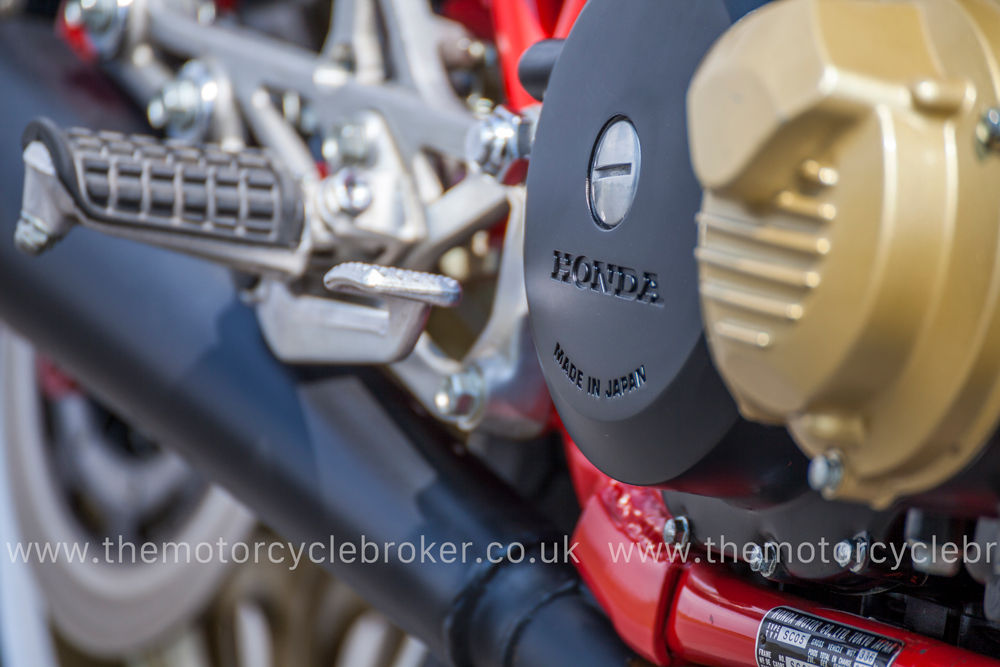
A great classic motorcycle investment
The Honda CB1100RB is the rarest and most collectible of the series, making it a great classic motorcycle investment. I used to not pay them too much attention, as prices were so low and finding investment grade examples was just ridiculously difficult anywhere in the world. However, we bought Ron Haslam’s Championship winning Honda CB1100RB for a customer when it came up for sale at a very reasonable price. I wrote an article here, about the value in racing motorcycles and suddenly the price of Honda CB1100Rs doubled in three years. They still offer great value to investors and have plenty of headroom as awareness is raised about these stunning motorcycles hand built by Honda’s race department.
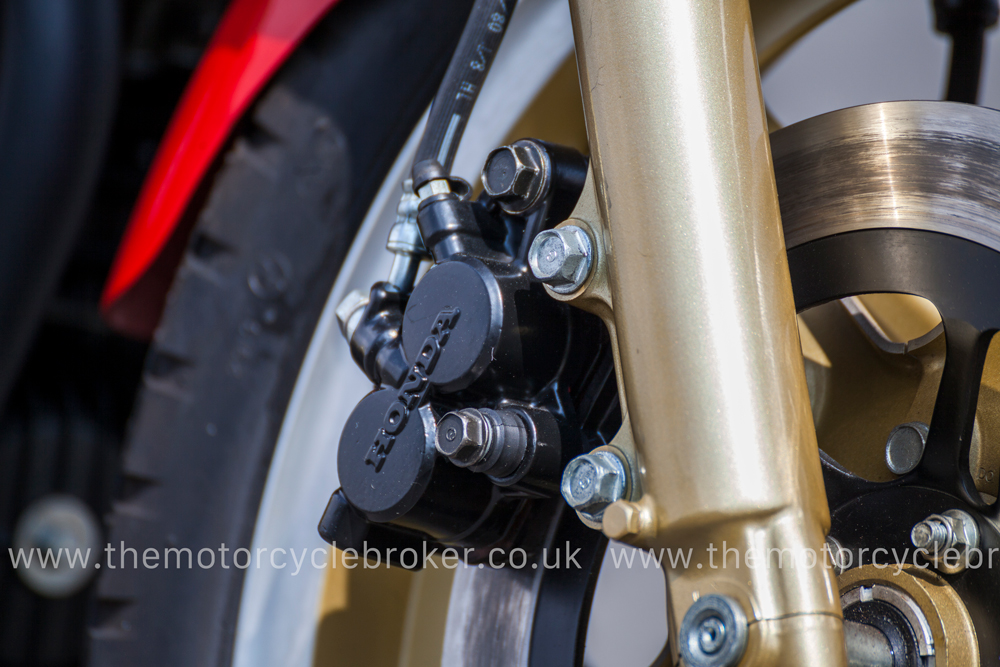
A special place in motorcycle history
This series of Hondas hold a very special place in motorcycle history. Ron Haslam won seven of the eight rounds of British Superbike in the 1981 season, taking the title. Nothing could touch these Hondas, not because they were unrideable, only useable over 100 MPH or anything of the sort. They won because they were useable from tickover upwards and handled superbly. Honda won through special grace (in the words of William Shakespeare) instead of might. They were learning that races are won by finishing and by making the motorcycle as rideable as possible under all circumstances. This was something of a novelty in the racing world of two strokes that either produce no power that is useable, or all of it between 9,000 and 11,000 RPM. The Haslam win carved out a special place in motorcycle history for the Honda CB1100R series, which made every example of the Honda CB1100RB a rare classic Japanese motorcycle. It was also a really brilliant handling motorcycle with smooth power from ticker upwards and it was a very fast motorcycle indeed. If you want to know more about these special machines, this is a really good article.
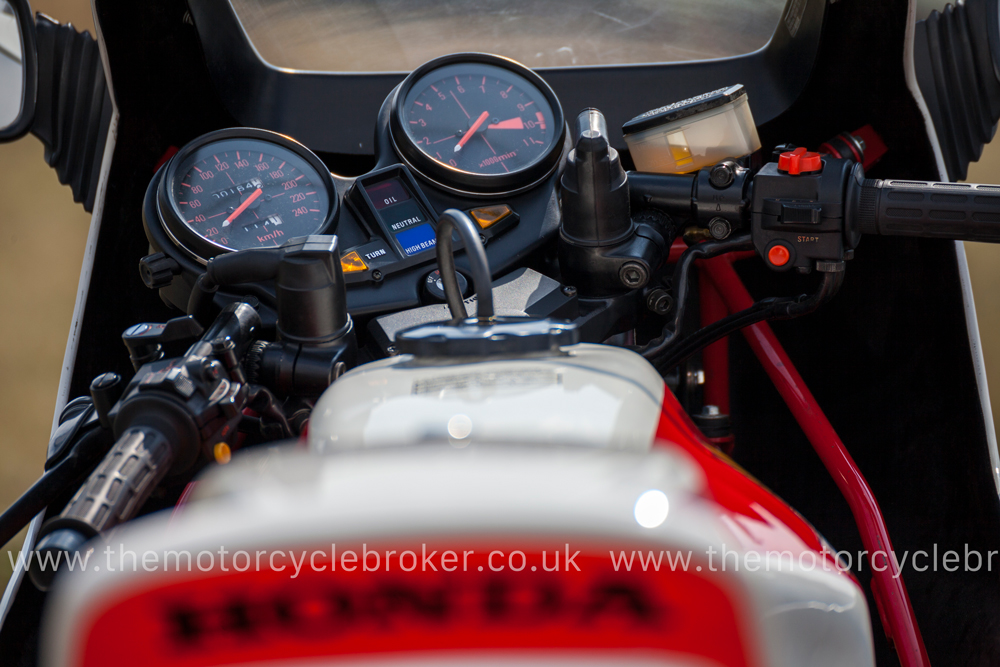
Eclipsed and abused
The mighty CB1100R series was eclipsed by the RC30 which arrived in 1988 and those that remained were abused. The RC30 diverted buyers’ and collectors’ attention from the short-lived lineage of these homologation specials. Once they were over three or four years old these immense machines were discarded. The GPZ900, GSXR750 and 1100s came in and these water-cooled, fully faired machines made an air-cooled homologation special seem slow. When I was a courier in London during the mid to late 1980s I saw a couple of these Hondas being used, and destroyed, by other London couriers. They were quick and they were cheap with an unburstable motor. These bikes were left outside in people’s gardens to rot in the British acid rain, consigned to the oblivion of old bike technology. This fate destroyed so many of these beautiful motorcycles and they never had the cache or held the value to collectors, unlike the RC30. Very few survived, as so many were either raced, or destroyed by people seeking parts and many were crashed. Very few survived, I even know of one of the ex-race bikes, pairing with the Ron Haslam bike, that was made into an off-road trike! These have become incredibly rare because of the era into which they were born. They are a victim of their own times.
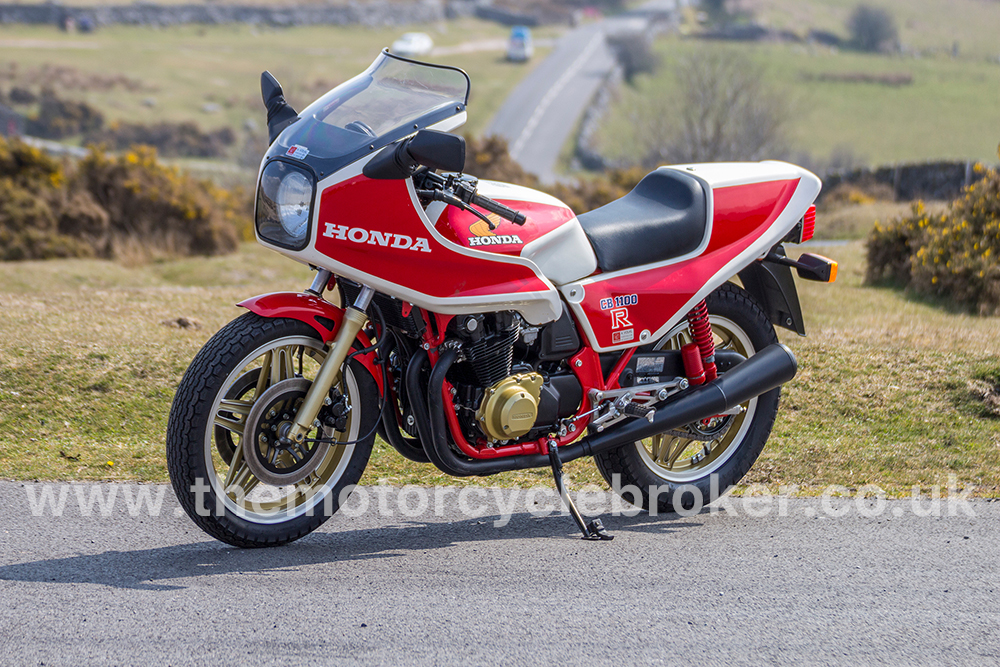
Value this rare motorcycle
It has taken them an age to catch the eye of investors, but they are now noticing how much value this rare motorcycle provides and are beginning to understand its place in history. It is only a matter of time before all of the Honda collectors who own the RC30s, and the famous racing RC30s, start to take notice of this wonderful machine and prices will rocket. It is easier to find an investment grade RC30, which is extremely difficult, than it is to find an investment grade Honda CB1100RB, which is the rarest of the series. Finding a museum grade CB1100RB is pretty much impossible, but I’ve now decided to part ways with mine. We want to move onto other things here and I always struggle with owning museum quality motorcycles that devalue the more you ride them, as I just want to ride the wheels off of them. It’s now someone else’s turn to own this piece of motorcycling history, once we’ve filmed the road test.
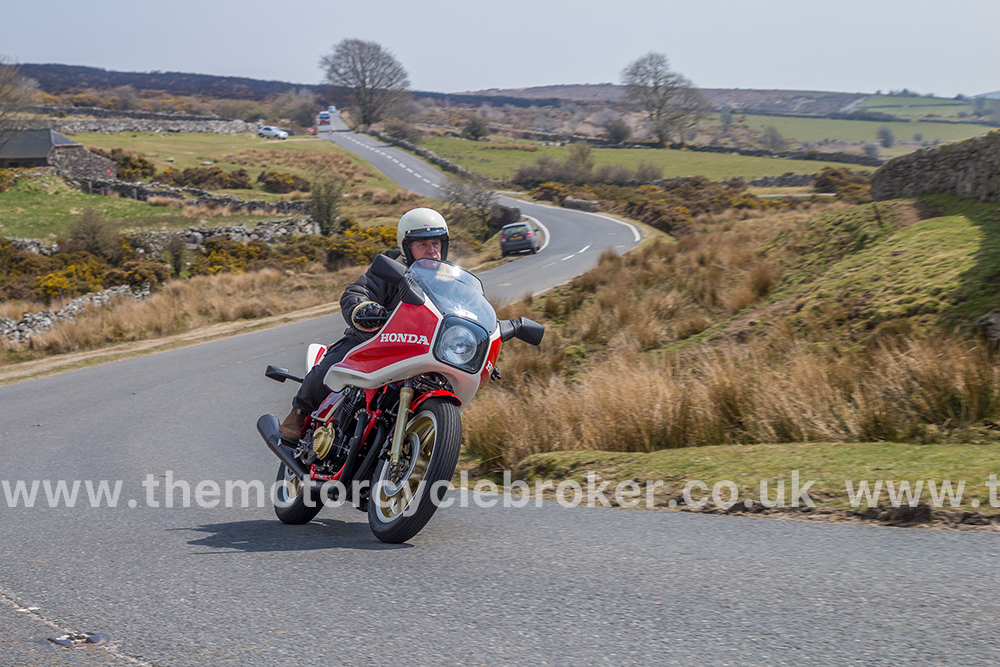
Own this Honda CB1100RB
If you want to own this Honda CB1100RB, you are way too late as another savvy investor has snapped this one up. To speak to us about another fine example, you can all 01364 713400 Monday to Friday during office hours, or 07971 497615 or Email us at [email protected]
- Most collectible Ducati 916 SP - June 20, 2024
- Classic Motorcycles: To ride or not to ride? - June 17, 2024
- Classic Motorcycles: To ride or not to ride? - June 17, 2024




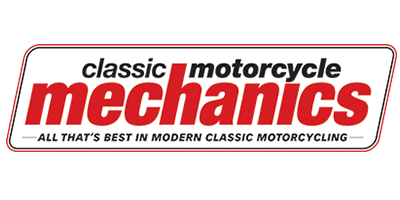



Hi Paul, obviously a cherished bike with that mileage but I wonder why the front indicators were removed..?
Hi Glen, you’re very observant. The bike arrived with the indicators in a box because the original owner removed the original fairing and put one on from a CB1100RC, which he preferred. That fairing was removed and the original replaced but they never put the original indicators back on, but they are here safe and sound in my office.